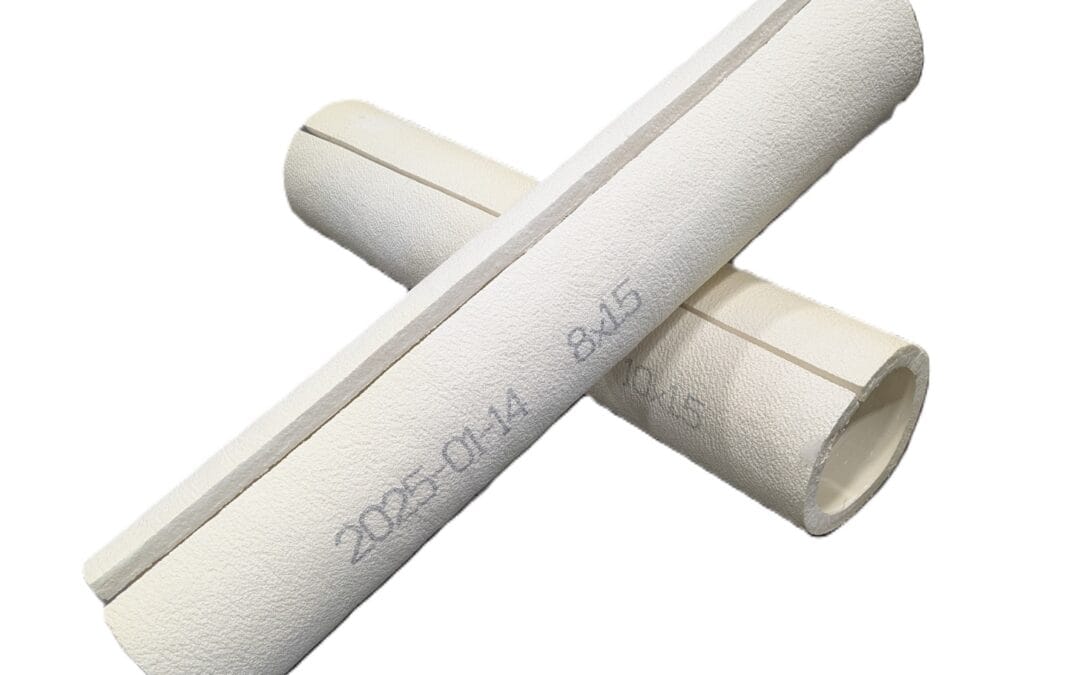When it comes to insulating pipelines, urethane insulation halfshells stand out as a superior solution. These pre-formed, high-performance shells are designed to maintain pipeline temperature, prevent heat loss, and shield against external elements. Whether in industrial, commercial, or oil and gas sectors, urethane halfshells offer exceptional insulation and long-term durability.
Understanding Urethane Insulation Halfshells
Urethane insulation halfshells are rigid, molded pipe coverings crafted from polyurethane foam. They consist of two half-round sections that encase pipes of various diameters, providing a snug fit. Commonly employed to insulate both above-ground and underground pipelines, these shells ensure consistent thermal performance even in extreme environments.
Advantages of Urethane Insulation Halfshells
One of the primary benefits of urethane insulation halfshells is their superior thermal insulation. With low thermal conductivity, polyurethane foam effectively minimizes heat transfer, maintaining the desired temperature within pipelines. This efficiency is particularly valuable in applications like district heating and cooling, oil and gas pipelines, and chemical plants, where temperature control is crucial.
Additionally, urethane insulation is moisture-resistant, reducing the risk of water absorption that can lead to pipe corrosion. This characteristic extends the lifespan of the pipeline system and decreases maintenance costs. The lightweight nature of the halfshells simplifies installation, allowing for quick application and reducing labor expenses. Furthermore, polyurethane’s durability ensures that the insulation maintains its integrity over time, even under harsh environmental conditions.
Applications Across Industries
Urethane insulation halfshells are versatile and find applications across various industries. In the oil and gas sector, they help maintain fluid temperatures and prevent freezing in cold climates, ensuring uninterrupted operations. In industrial and chemical processing, these halfshells provide consistent insulation for pipelines transporting heated or cooled substances, enhancing process efficiency. Additionally, in HVAC systems, they are used to insulate chilled and hot water pipes in commercial buildings, contributing to energy efficiency and occupant comfort.
Selecting the Appropriate Urethane Insulation Halfshells
Choosing the right urethane insulation halfshells involves considering several factors. The pipe diameter must be accurately matched to ensure a precise fit and optimal insulation performance. The required insulation thickness depends on the desired thermal resistance; thicker shells offer greater insulation but may require more space. In some cases, additional protective coatings may be necessary to enhance resistance to UV exposure, chemicals, or mechanical damage. Lastly, it’s essential to select materials rated for the specific operating temperature range of your application to ensure safety and effectiveness.
Conclusion
Urethane insulation halfshells provide a cost-effective, durable, and efficient solution for pipeline insulation across various industries. Their ability to reduce heat loss, resist moisture, and facilitate easy installation makes them a preferred choice for energy-efficient pipeline management. By selecting the appropriate specifications and ensuring proper installation, businesses can significantly enhance the performance and longevity of their pipeline systems.


